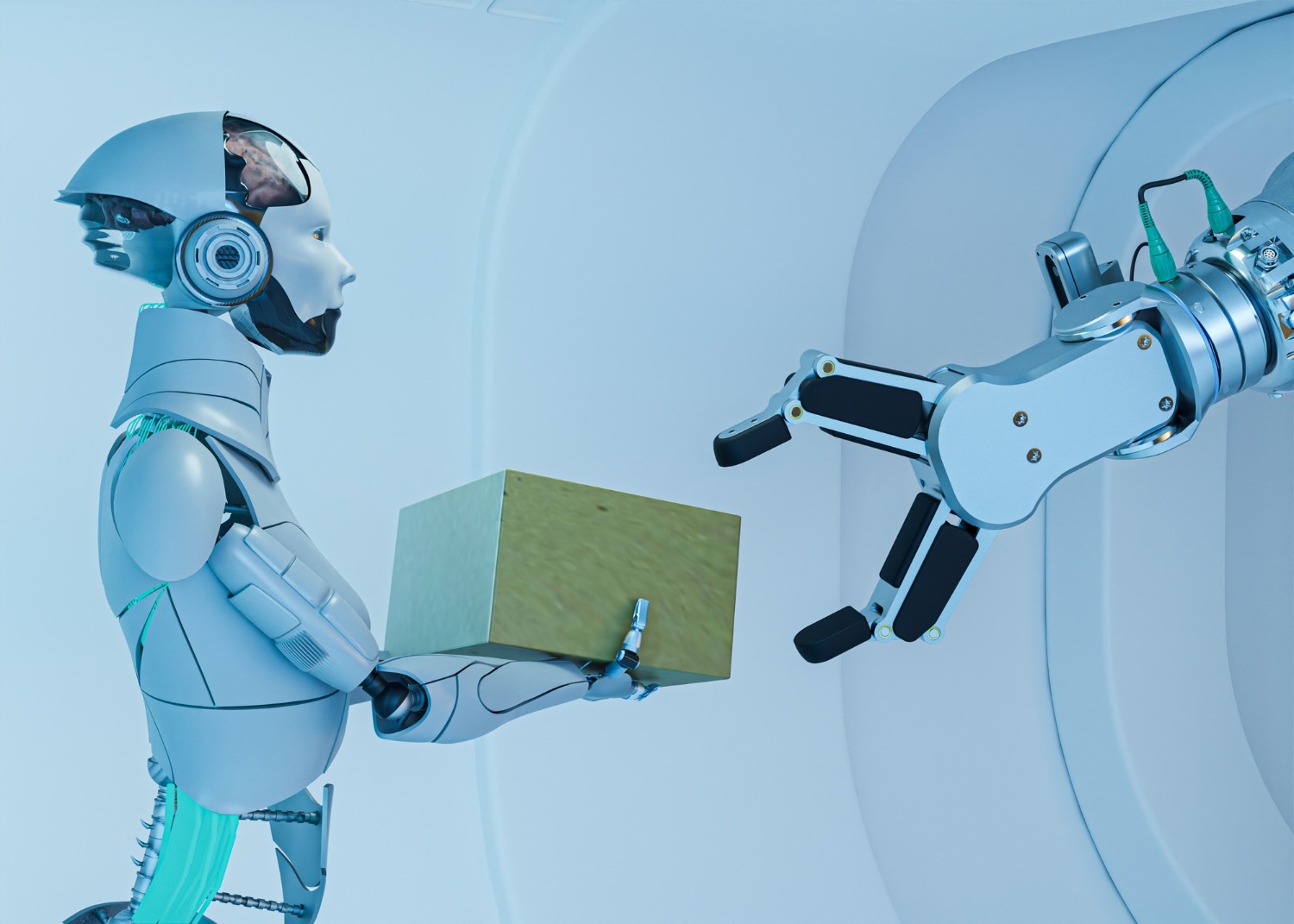Top NLP Techniques Transforming AI
Natural Language Processing (NLP) is a cornerstone of modern Artificial Intelligence (AI), enabling machines to understand, interpret, and generate human language. From chatbots to search engines and virtual assistants, NLP is transforming industries by making interactions with technology more intuitive and human-like. Here, we explore the top NLP techniques driving this revolution and how they are shaping the AI landscape.
1. Tokenization
Tokenization is the process of breaking down text into smaller components, such as words, phrases, or sentences, called tokens. This is a foundational step in many NLP tasks. By segmenting text, machines can better understand the structure and meaning of a given dataset. For example, in sentiment analysis, tokenization helps isolate specific words or phrases that convey emotions. Modern tokenization techniques include WordPiece and Byte Pair Encoding (BPE), which improve the handling of subwords and rare terms.
2. Named Entity Recognition (NER)
Named Entity Recognition identifies and classifies entities within a text, such as names, dates, locations, and organizations. This technique is crucial in applications like information extraction and document classification. For instance, NER enables search engines to provide more accurate results by identifying the specific entities users query. Advanced NER models, like spaCy and BERT, have significantly improved the accuracy and scope of entity recognition.
3. Part-of-Speech (POS) Tagging
POS tagging involves assigning grammatical categories (such as nouns, verbs, adjectives) to words in a sentence. This technique helps AI understand the syntactic structure of a sentence, enabling better contextual analysis. For example, in machine translation, POS tagging ensures that the translated text retains the original grammatical structure, enhancing the quality of translations.
4. Sentiment Analysis
Sentiment analysis determines the emotional tone behind a piece of text. This technique is widely used in social media monitoring, customer feedback analysis, and market research. By identifying whether a sentiment is positive, negative, or neutral, businesses can gauge public opinion about their products or services. Sentiment analysis models like VADER and TextBlob excel in analyzing short, informal text such as tweets or reviews.
5. Text Summarization
Text summarization condenses lengthy documents into concise summaries while retaining essential information. This technique is divided into two types: extractive and abstractive summarization. Extractive methods pull key sentences directly from the source text, while abstractive methods generate summaries using novel sentences. Tools like OpenAI’s GPT models have made abstractive summarization more sophisticated, aiding applications like news aggregation and document summarization.
6. Machine Translation
Machine translation involves automatically converting text from one language to another. Techniques like Neural Machine Translation (NMT) have revolutionized this field, providing more fluent and accurate translations. Models like Google Translate use transformer-based architectures to understand context better and reduce translation errors. The introduction of zero-shot translation, where a model translates between language pairs it hasn’t explicitly trained on, showcases the advanced capabilities of modern NLP.
7. Text Classification
Text classification assigns predefined categories to text data. This technique is widely used in spam detection, sentiment analysis, and topic labeling. With the help of algorithms like Naïve Bayes, Support Vector Machines (SVM), and deep learning models such as transformers, text classification has become more accurate and scalable. Industries like healthcare and finance benefit from automated document categorization and email filtering.
8. Topic Modeling
Topic modeling identifies hidden themes within a large corpus of text. Techniques like Latent Dirichlet Allocation (LDA) and Non-negative Matrix Factorization (NMF) are commonly used for this purpose. By uncovering the underlying topics, businesses can analyze customer feedback, conduct market research, and enhance content recommendation systems. For instance, e-commerce platforms use topic modeling to group products based on customer reviews.
9. Dependency Parsing
Dependency parsing analyzes the grammatical structure of a sentence, identifying relationships between words. This technique is essential for understanding complex sentences and improving tasks like machine translation, question answering, and information retrieval. Modern NLP frameworks like Stanford NLP and spaCy offer robust dependency parsing capabilities, enhancing the semantic understanding of text data.
10. Question Answering (QA)
Question-answering systems retrieve precise answers to user queries from a knowledge base or text corpus. QA models, such as BERT and RoBERTa, have achieved remarkable success by leveraging transformer architectures. These systems are integral to virtual assistants like Siri and Alexa, as well as customer support chatbots. QA models not only improve user experience but also streamline information retrieval processes.

11. Semantic Search
Semantic search enhances traditional keyword-based search by understanding the context and intent behind a query. By leveraging techniques like word embeddings and transformers, semantic search engines deliver more relevant and accurate results. This approach powers modern search engines like Google and enterprise search platforms, enabling users to find information more efficiently.
12. Coreference Resolution
Coreference resolution identifies when different expressions in a text refer to the same entity. For example, in the sentence “John went to the store, and he bought milk,” the model recognizes that “he” refers to “John.” This technique is vital for improving text coherence in applications like summarization, dialogue systems, and machine translation.
Conclusion
The rapid advancements in NLP techniques drive transformative changes across industries, making AI systems more intelligent and human-like in their interactions. From tokenization to semantic search, these techniques are enabling machines to better understand and generate human language. As research and innovation continue, we can expect even more sophisticated NLP applications, unlocking new possibilities in AI-driven solutions.




